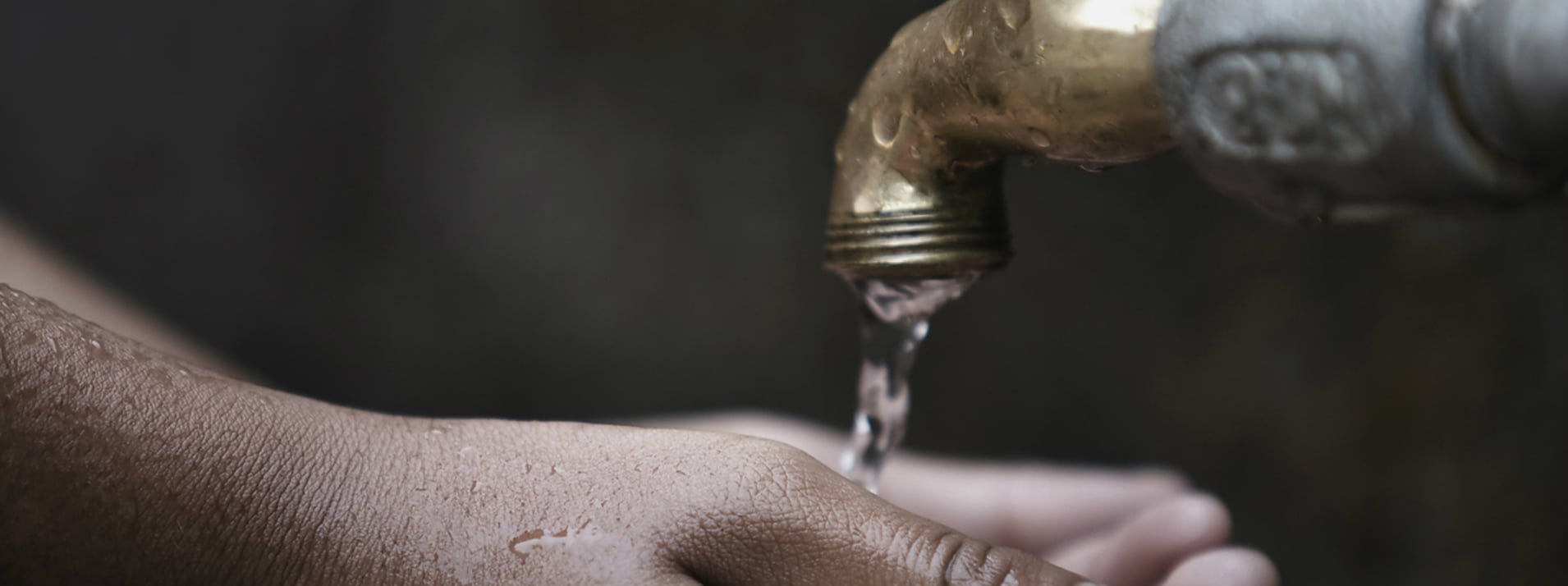Soapbox-led publications
An invisible workforce: the neglected role of cleaners in patient safety on maternity units
Handwashing glove use and avoiding recontamination before aseptic procedures at birth: a multicentre time and motion study conducted in Zanzibar
Unpacking the enabling factors for hand, cord, and birth surface hygiene in Zanzibar maternity units
- Gon, G. et al. (2017) Unpacking the enabling factors for hand, cord, and birth surface hygiene in Zanzibar maternity units. Health Policy and Planning. doi: 10.1093/heapol/czx081
Global Health Action: Hygiene on maternity units: lessons from a needs assessment in Bangladesh and India
Global Health Action: What are the threats from antimicrobial resistance for maternity units in LMICs?
Co-authored publications
The Water @ Birth Study: an exploratory study on the requirements of water for hand hygiene during labour and delivery in low-income countries
The Frequency of Maternal Morbidity: A Systematic Review of Systematic Reviews
Who Delivers Where? The effect of obstetric risk on facility delivery in East Africa
Clinical audit of post-caesarean wound infections in a tertiary referral hospital in The Gambia
Materal sepsis: Opportunity for improvement
The Lancet: Drivers of maternity care in high-income countries: can health systems support woman-centred care?
The Lancet: Diversity and divergence: the dynamic burden of poor maternal health
The Lancet: Maternity Care for Every Woman, Everywhere
PLos ONE: Who Delivers without Water?
Getting the basics right—The role of water, sanitation and hygiene in maternal and reproductive health: A conceptual framework
Childbed fever: history repeats itself?
PubMed: The contribution of unimproved water and toilet facilities to pregnancy-related mortality in Afghanistan: analysis of the Afghan Mortality Survey
From Joint Thinking to Joint Action
Soapbox featured articles
BMJ: Wendy J Graham: Health and hygiene from birth
The Longitude Prize: Global Handwashing Day
The Lancet: Wendy Graham and Oona Campbell: Maternal Health Mavericks
BMJ: Improving Surgical Anaesthesia Practise
News Deeply: Why The Fight Against Maternal Mortality is All About the Details
BMJ: The Global Push for Institutional Childbirths- in unhygienic facilities
Briefing note
This briefing note, developed in partnership with WaterAid UK, highlights key factors to consider when developing strategies to improve hand hygiene in health-care settings, and provides a summary of current evidence on barriers and facilitators to making these improvements.
It includes a discussion of ‘next steps’ to ensure effective and sustainable changes are made, and the importance of a multifaceted approach to improving hand hygiene compliance.

